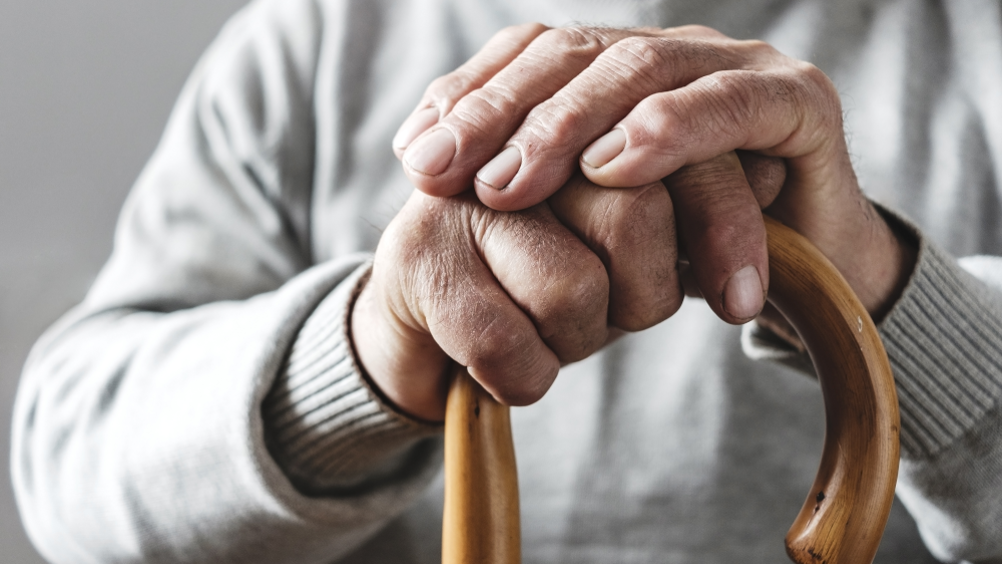References
End-of-life care in a pandemic: a primary healthcare perspective

Abstract
Amanda Armstrong, Dr D. Aref, Dr S. Namuq, Riccardo Arduinin, Rebecca Evans, Dr Ajula Gunasekera, Dr K. Hochstein-Mintzel, Dr N Hilton, Kate Larden, Dr Christine Whitlow
This article will explore end-of-life care in the COVID-19 pandemic in north east Essex from the perspective of general practice. This article shows the new approaches that have been adopted to support people in the community at the end of life. These new ways of working demonstrated the resilience of healthcare professionals working together with the use of video to ensure that patients received the optimum care and treatment in their home at the end of their lives. It demonstrated that community teams such as district nurses, hospice staff, GPs and the lead nurse for end of life care could implement new ways of working to ensure joined up care and treatment. It also shows new models of working in the future.
The COVID-19 pandemic was declared in March 2020, with Prime Minister Boris Johnson announcing the first nation-wide lockdown on 16 March 2020.
In the northeast Essex area, the local clinical commission governing body agreed that St. Helena Hospice would take the lead for end-of-life care during the pandemic. The Clinical Director, Dr Karen Chumbley, released a video explaining the route that the hospice would take to ensure that end-of-life care would be supported in the community and the local hospice team ran webinars to prepare general practitioners (GPs) and end-of-life leads, including the authors of this article, for the pandemic.
The authors' primary care network (PCN) comprises three town surgeries and two village surgeries, which include, on average, three care homes per surgery. Two of the authors' care homes were severely affected by COVID-19 (24% and 35% deaths in the care homes. In the fist wave two care homes in particular were severely affected losing a third and a quarter of their patients in two months) whereas other care homes had only sporadic cases (3–12%) (Creed, 2021). The PCN end of life meetings were too large for one lead GP to attend on behalf of the group. Instead, a representative GP from each surgery joined the meeting at designated times. This enabled staff to gain the benefits of communicating with those working locally within the umbrella of the PCN. These meetings, held via secure video link, involved staff from the hospice, district nurses, community nurses and GP care advisors. The result was a multidisplinary approach to holistic care and management for end-of-life care in the community.
Register now to continue reading
Thank you for visiting Journal of Prescribing Practice and reading some of our peer-reviewed resources for prescribing professionals. To read more, please register today. You’ll enjoy the following great benefits:
What's included
-
Limited access to our clinical or professional articles
-
New content and clinical newsletter updates each month

